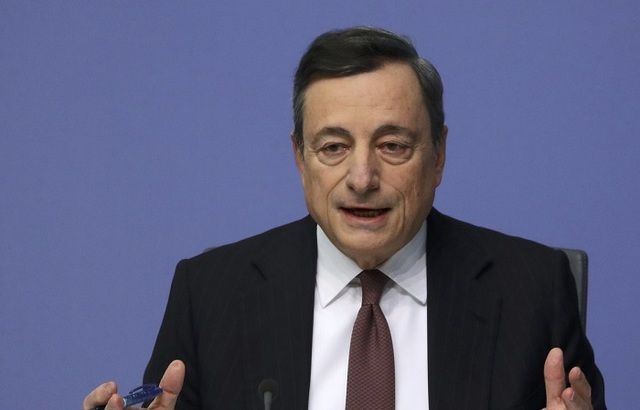There’s no getting around the fact that it has been a tough year for fixed income managers and investors, especially when viewed alongside some of the high returns achieved by their active equity manager counterparts.
Generally speaking, active managers were on a roll during the second quarter driven by 63% of equity managers outdoing their benchmark, according to new data from Lyxor Asset Management.
Fixed income managers, on the other hand, were severely hampered by the low interest rate environment, with only 35% beating their benchmark in Q2, “a marked reversal from the 53% seen in the first three months of the year”, said Lyxor.
One exception is in the area of high yield, particularly in the gradually recovering eurozone, which has proved a fertile ground for equities and junk bonds alike.
But as the ECB steadies its hand to trigger the tapering process, bringing an end to the extraordinary amount of monetary stimulus, investors are understandably worried that HY will no longer enjoy the upper hand.
Rate rise protection?
However, Peter Aspbury, JP Morgan European high yield manager, argues that the asset class could be the “overlooked fixed income haven for a rising rate environment”.
“Although EU HY is not going to be immune to a move out in underlying government yields, investors can still get a lot of yield for very little duration compared to most other fixed income asset classes,” he said.
“So, while rate normalisation will put negative pressure on government bond and lower spread, longer duration credit portfolios, European high yield can offer investors a potential hideout by virtue of its relatively lower sensitivity to rising rates.”
Importantly, the fundamentals continue to look attractive in what is still a very low yielding environment.
“Realistically the scope for further gains looks limited, but by no means is the market over-inflated or in bubble territory.”
“Today, 70% of the EHY market is double B rated (rather than single B or triple C rated) offering a much higher average credit quality than any point in the history of the asset class and a much high average credit quality than US high yield.”
That said, Aspbury’s own fund isn’t exactly leading the pack, returning 9.55% over the last 12-months against his peers in the Fixed Interest Europe category, according to data from FE. Though he is by no means the worst performer within his sector, the fund’s returns don’t quite stack up to Robeco’s European HY Bond’s 15.54% nor Barings European HY Bond’s 15.32%.
Meanwhile, Axa senior credit strategist Greg Venizelos believes that high yield “looks set to come under pressure for the remainder of the year unless we see a meaningful back-up in government bond rates”.
The HY/IG decompression theme was noticeably on display last month (see figure) during the risk-off environment triggered by escalating tensions between North Korea and the US.

“While we have advocated the reflation trade for the best part of this year, we recognise that it looks set to come under pressure for the remainder of 2017, unless we see a meaningful backup in rates,” said Venizelos.
“This is particularly the case for the USD credit market where HY holds a narrow total return advantage of 70bp over IG year-to-date.”
Ultimately though, Venizelos remains positive on HY markets’ ability (Europe included) to hold their footing, “given the very benign and stable default outlook”.
He predicts that by the end of 2017, global HY will come out on top of global IG, producing a total return of 8% versus the latter’s 5.5%, assuming no capital gains or losses for the remainder of the year.
At a more granular level, he expects US HY will yield 8% by the year end, while EU HY will finish with 6.2%, gaining an additional 0.7% from here out.
But the difference between annual total returns from HY and IG is far wider in Europe than the US, with EUR IG mustering total returns of just 2.3% against US IG’s 7%.
Aspbury agrees with Venizelos that the asset class should produce total returns around 6% for the full year, though investors should expect to earn carry and nothing more for the remainder of the year.
But that carry should be greater than any other European core fixed income asset currently, he points out, particularly if rates move gradually wider over the back half of the year.
“Duration is the biggest fear for fixed income markets today so any asset class offering low duration in a favourable part of the credit cycle, like European high yield, can offer bond market investors a viable haven,” he said.







